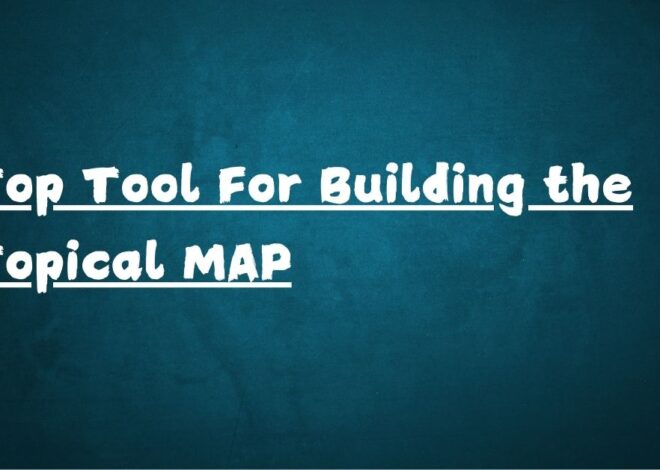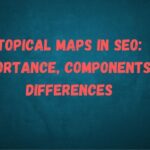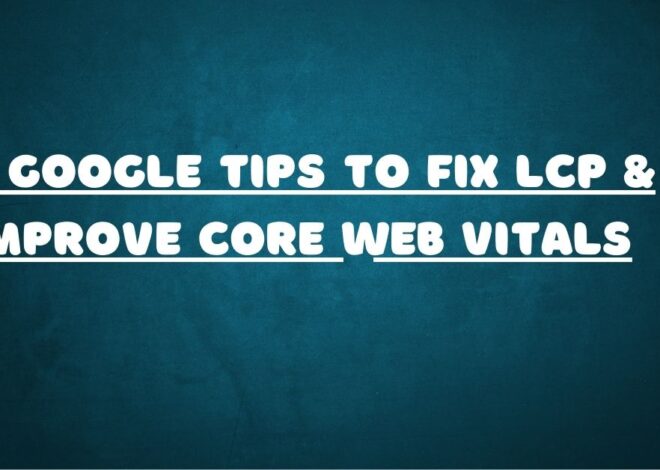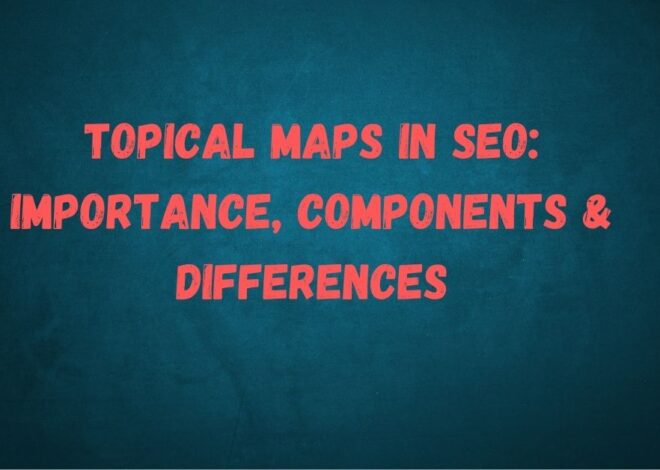
What is Semantic SEO and Its Benefits
Semantic SEO is a new way of improving websites that focuses on meaning, not just keywords. It helps search engines better understand content.In this article I will explains you what Semantic SEO is and how it benefits to all the business how adopt it today.
Key Highlights:
- Enhances user experience by understanding search intent and context for more relevant results.
- Improves search rankings with well-rounded, meaningful content that aligns with user needs.
- Increases visibility through rich snippets and structured data, making content stand out.
- Future-proofs websites by adapting to evolving search engine algorithms, ensuring long-term relevance.
What is Semantic SEO?
Semantic SEO focuses on the meaning behind words rather than just keywords. It helps search engines understand context, user intent, and relationships between concepts, delivering more relevant and accurate search results.
What are the Benefits of Semantic SEO?
Semantic SEO has a lot of Benefits some are discuss below:
Better User Experience: Helps users find relevant content faster, improving engagement and reducing bounce rates.
Higher Rankings: Aligns content with user intent, increasing the chances of ranking higher in search results.
More Relevant Content: Makes content more useful and targeted by understanding user needs and context.
Increased Visibility: Adds rich snippets to search results, making your content more attractive and clickable.
Long-Tail Keywords: Focuses on longer, specific keywords that are easier to rank for and attract qualified traffic.
Future-Proofing: Adapts to changes in search engine algorithms, ensuring long-term SEO success.
Difference Between Semantic SEO and Traditional SEO?
Semantic SEO and Traditional SEO are both essential for improving search engine rankings, but they differ in their approach and focus. Below is a table that highlights the key differences between the two:
| Aspect | Traditional SEO | Semantic SEO |
| Focus | Keywords and their frequency | Meaning, context, and user intent |
| Keyword Strategy | Focuses on targeting specific keywords | Focuses on related terms, concepts, and context |
| Content Approach | Optimizes content around targeted keywords | Optimizes content to address broader topics and intent |
| Search Intent | Primarily addresses keyword matching | Focuses on understanding and satisfying user intent |
| Content Quality | Quality is secondary to keyword optimization | Quality is prioritized with context and relevance |
| Search Engine Algorithms | Relies on keyword-based ranking algorithms | Relies on advanced algorithms that understand context and relationships |
| User Experience | Less focused on user needs and experience | Focuses on delivering content that answers user queries comprehensively |
Traditional SEO focuses on keywords, while Semantic SEO looks at the meaning behind words to match user intent and deliver relevant content.
What are the Key Concept in Semantic SEO?
Semantic SEO hase the following Key Concepts that you need to Know:
Search Intent:
Search intent is the reason behind a user’s search. Are they looking to buy, learn, or find information? Semantic SEO helps align your content with the user’s intent to provide accurate answers.
Latent Semantic Indexing (LSI)
LSI helps search engines identify related terms to better understand your content. For example, an article on “SEO” may include terms like “backlinks” or “search engine rankings” to provide more context.
Knowledge Graph
Google’s Knowledge Graph connects ideas, people, places, and things to provide richer search results. It helps answer questions and shows related information directly in search results.
Structured Data and Schema Markup
Structured data formats your content for easier understanding by search engines. Schema markup improves how search engines display your website, potentially leading to rich snippets and better visibility.
Conclusion:
Start using Semantic SEO to improve your website’s rankings, user experience, and traffic. Focus on what users want and make your content more relevant. Keep your site visible and competitive with Semantic SEO!
Share this with others and comment below what you’ve learned!







